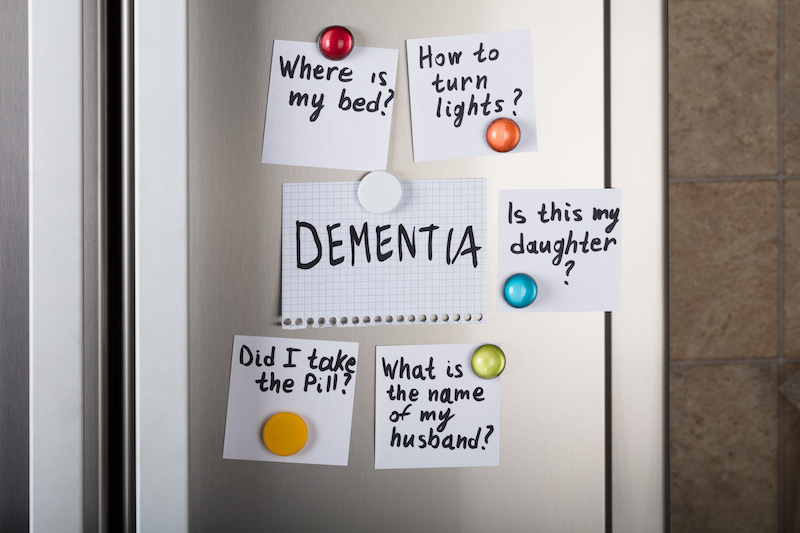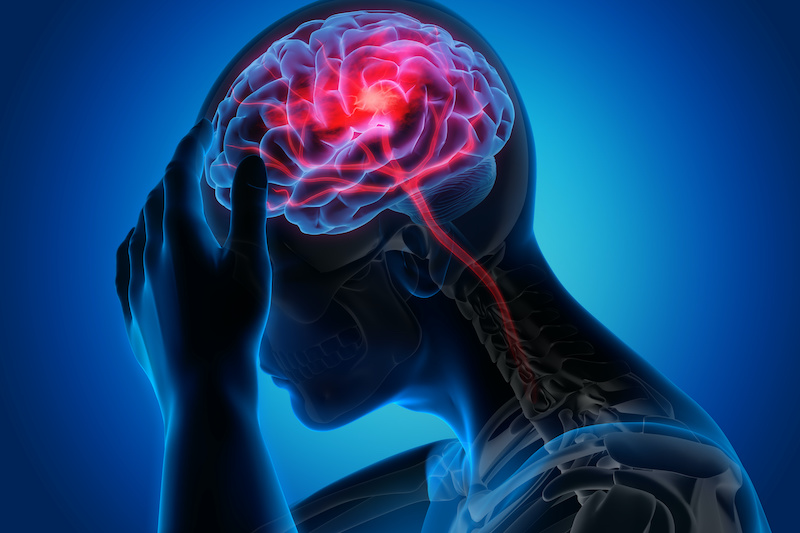 Multi-infarct Dementia indicates a decline in cognitive function. Typically, the severity interferes with daily life. There are many different types of dementia, but the two most common are Alzheimer’s disease and multi-infarct dementia (MID). Alzheimer’s disease is a neurodegenerative disorder that is caused by the buildup of amyloid plaques and tau tangles in the brain. These proteins damage and kill brain cells, leading to memory loss, difficulty thinking and reasoning, and personality changes.
Multi-infarct Dementia indicates a decline in cognitive function. Typically, the severity interferes with daily life. There are many different types of dementia, but the two most common are Alzheimer’s disease and multi-infarct dementia (MID). Alzheimer’s disease is a neurodegenerative disorder that is caused by the buildup of amyloid plaques and tau tangles in the brain. These proteins damage and kill brain cells, leading to memory loss, difficulty thinking and reasoning, and personality changes.
Multi-Infarct Dementia (MID)
Multi-Infarct Dementia (MID) is caused by a series of strokes that damage the brain. Strokes can be caused by a variety of factors, including high blood pressure, heart disease, and diabetes.
The symptoms of Alzheimer’s disease and MID can be similar, but there are some key differences. Alzheimer’s disease usually starts with memory loss, while MID often starts with problems with thinking and reasoning. Alzheimer’s disease also tends to progress more slowly than MID.
Another difference between Alzheimer’s disease and MID is the pattern of brain damage. In Alzheimer’s disease, the damage is usually widespread throughout the brain. In MID, the damage is more concentrated in certain areas of the brain, such as the frontal lobe and the temporal lobe.
 The diagnosis of Alzheimer’s disease and MID can be challenging, as there is no single test that can definitively diagnose either condition. Doctors will typically use a combination of tests, including a physical exam, a neurological exam, and neuropsychological testing, to make a diagnosis.
The diagnosis of Alzheimer’s disease and MID can be challenging, as there is no single test that can definitively diagnose either condition. Doctors will typically use a combination of tests, including a physical exam, a neurological exam, and neuropsychological testing, to make a diagnosis.
Treatment for Alzheimer’s Disease and MID
There is no cure for Alzheimer’s disease or MID, but there are treatments that can help to slow the progression of the disease and improve symptoms. Treatment for Alzheimer’s disease typically includes medications, such as donepezil (Aricept), rivastigmine (Exelon), and galantamine (Razadyne). These medications can help to improve memory and thinking skills. Treatment for MID may include medications to control blood pressure, cholesterol, and diabetes. These medications can help to reduce the risk of further strokes. In some cases, surgery may be necessary to remove a blood clot that is causing a stroke.
Living with Alzheimer’s Disease or MID
Living with Alzheimer’s disease or MID can be challenging, but there are many resources available to help people with these conditions and their families. There are support groups, educational programs, and home care services that can provide assistance.
It is important to remember that people with Alzheimer’s disease and MID are still the same people they were before they got sick. They deserve to be treated with love, respect, and dignity.
Difference Between Alzheimer’s Disease and Multi-Infarct Dementia
 Alzheimer’s disease and MID are two different types of dementia that have different symptoms, causes, and treatments. It is important to see a doctor if you or someone you know is experiencing symptoms of dementia so that they can get the appropriate diagnosis and treatment.”
Alzheimer’s disease and MID are two different types of dementia that have different symptoms, causes, and treatments. It is important to see a doctor if you or someone you know is experiencing symptoms of dementia so that they can get the appropriate diagnosis and treatment.”
About Walnut Creek Elder Law in Walnut Creek, California
Michael J. Young is an experienced elder law, estate planning and asset protection planning attorney in Walnut Creek, CA. Mr. Young advises his clients regarding their estate planning needs with an emphasis on asset protection, Medi-Cal qualification, and preservation of assets for various levels of their care as they get older. Mr. Young’s journey into elder law began when his mother suffered from an acute injury that required her to be in a skilled nursing facility. He is co-author of the book, Don’t Go Broke in A Nursing Home and is the author of the “Alzheimer’s Legal Survival Guide.” Mr. Young presents monthly workshops in Walnut Creek regarding estate planning, asset protection, and Medi-Cal planning. He has helped many clients over the years successfully qualify for Medi-Cal and has protected their assets from state recovery. Call today to schedule a consultation (925) 256-0298.

